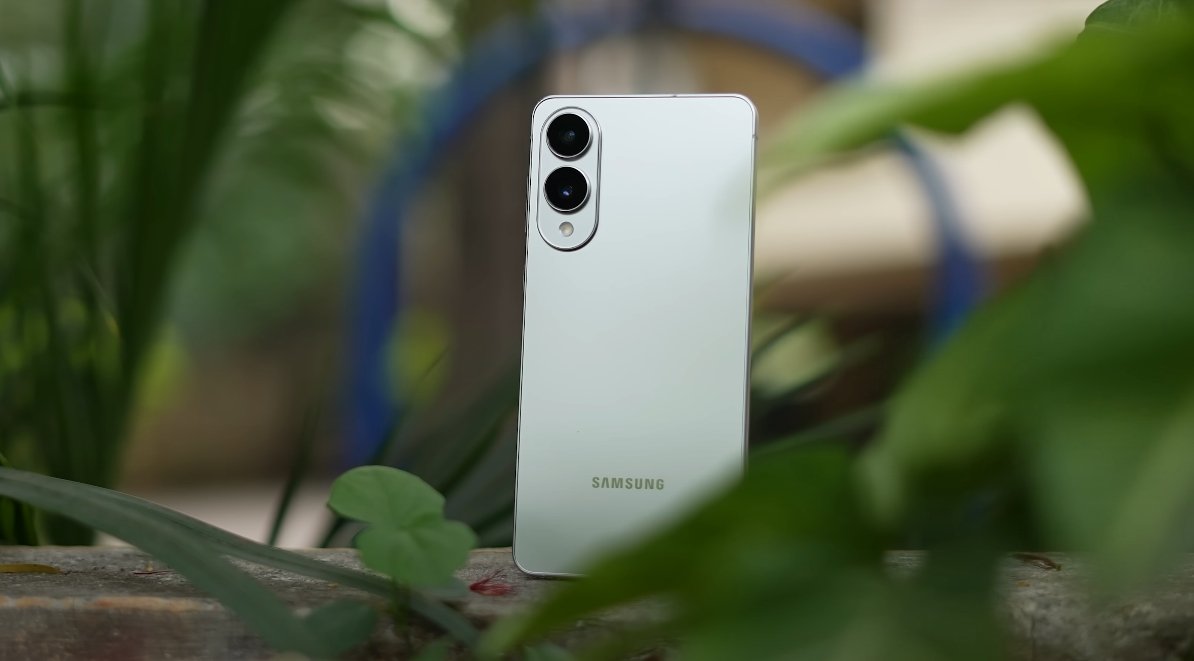Comparing Smoothness Between OriginOS 6 and HarmonyOS 5
Vivo’s OriginOS 6 and Huawei’s HarmonyOS 5 are two of the most advanced Android-based operating systems available today, each emphasizing smooth performance and fluid user interactions. Both systems aim to provide seamless navigation, fast app launches, and responsive animations, but they achieve this through different design philosophies and technical optimizations. Comparing the two reveals how design, AI integration, and system-level enhancements contribute to the overall smoothness of the user experience.
OriginOS 6 is built around a visually dynamic design philosophy called “Light and Shadow Space.” This approach emphasizes depth, layering, and fluid motion across the user interface. Icons, widgets, and menus have subtle shadows and smooth transitions that make navigation feel more natural. The operating system uses the Origin Smooth Engine to optimize frame rates and reduce stutter, ensuring that animations remain consistent even when multiple apps are running. Users report that gestures, swipes, and transitions feel responsive and precise, giving the interface a sense of elasticity and continuity.
A notable contributor to the smoothness of OriginOS 6 is its AI-driven enhancements. Features such as “Flip Cards” widgets and adaptive animations respond in real time to user interactions, making the interface feel lively and intelligent. For example, when opening a folder or switching apps, animations adjust naturally based on touch speed and direction. Memory management has also been optimized to prioritize active applications while minimizing background resource usage, preventing lag during multitasking or heavy app usage. These improvements make OriginOS 6 feel fluid over extended use, maintaining a high level of responsiveness even on demanding tasks.

HarmonyOS 5, Huawei’s latest operating system, takes a slightly different approach to smoothness. Its performance is powered by the Ark Engine, which focuses on optimizing graphics rendering and system efficiency. HarmonyOS 5 emphasizes faster app launches, smoother scrolling, and consistent UI transitions across the system. Cross-device functionality is also integrated, allowing tasks to move seamlessly between phones, tablets, and PCs. This emphasis on interconnected performance ensures that interactions remain fluid even when switching devices or using complex multi-window setups.
In terms of raw responsiveness, both systems perform admirably. OriginOS 6 excels in delivering natural-feeling gestures and interactive animations, creating a sense of continuity across screens. HarmonyOS 5 focuses more on maintaining steady performance and optimizing system resources to avoid frame drops, which is especially noticeable in resource-intensive applications or during long-term usage. Users of HarmonyOS 5 report smooth navigation in standard tasks, but occasionally experience minor delays with apps not fully optimized for the platform. In contrast, OriginOS 6 provides a slightly more immersive feel, with motion that feels refined and visually consistent.
Another differentiating factor is adaptive behavior. OriginOS 6 adjusts animations, icon responsiveness, and widget reactions based on user interaction patterns and AI predictions. HarmonyOS 5 optimizes smoothness by managing system resources and leveraging cross-device connectivity, ensuring that transitions between applications and devices remain stable. Both approaches enhance fluidity, but OriginOS 6 prioritizes a more visually engaging experience, while HarmonyOS 5 emphasizes consistent performance across multiple devices.
Animations in both operating systems are designed to complement their respective philosophies. OriginOS 6 uses elastic and layered transitions to create a sense of depth and realism, making gestures feel tactile. HarmonyOS 5 uses precise timing and frame stabilization to maintain a steady flow, particularly in system menus and app switching. While the styles differ, both achieve smoothness in their own way: one through interaction richness and visual dynamism, the other through performance efficiency and system-level stability.
Multitasking performance is another area where smoothness is critical. OriginOS 6 maintains responsiveness even with multiple apps open, thanks to AI-driven memory allocation and background optimization. HarmonyOS 5 ensures consistent performance by balancing app resources across devices, particularly useful when using Huawei’s ecosystem features such as multi-screen collaboration. Both systems handle heavy workloads effectively, though their approaches reflect their priorities: OriginOS 6 leans toward visual fluidity and interaction quality, whereas HarmonyOS 5 prioritizes consistent, reliable performance.
In conclusion, OriginOS 6 and HarmonyOS 5 offer compelling smoothness and responsiveness, each in its own style. OriginOS 6 delivers a visually rich, AI-enhanced interface that feels fluid and immersive, making animations and gestures feel natural and interactive. HarmonyOS 5 emphasizes efficient resource management and cross-device continuity, providing stable and reliable performance across applications and hardware. Users seeking a highly interactive and visually engaging experience may prefer OriginOS 6, while those who value consistent multi-device performance and system-level stability may find HarmonyOS 5 better suited to their needs. Both operating systems reflect the evolution of Android-based interfaces, pushing smoothness and responsiveness to new heights.
Also Read: OxygenOS 16 cross device connectivity improvements





